How Clothes Are Made in 2024: A Comprehensive Guide
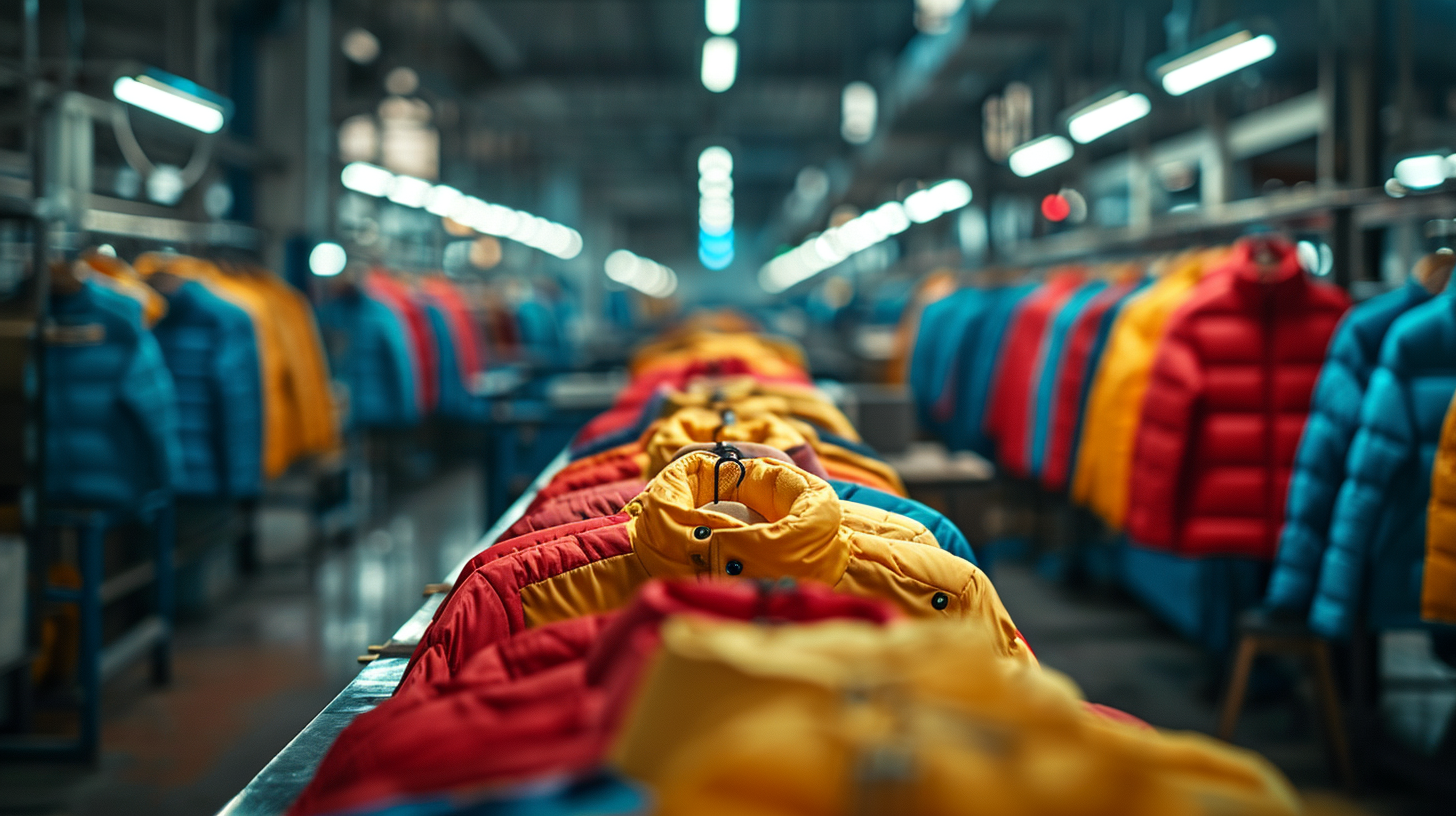
Written by Ilias Ism, an author with 10 years of experience in male fashion, specializing in how clothes should fit.
The world of fashion is a dynamic and ever-evolving landscape, with new trends and technologies emerging every year. As we step into 2024, the garment manufacturing process has seen significant advancements, integrating cutting-edge technologies and sustainable practices.
The world of fashion is a dynamic and ever-evolving landscape, with new trends and technologies emerging every year. As we step into 2024, the garment manufacturing process has seen significant advancements, integrating cutting-edge technologies and sustainable practices.
This article will explore the step-by-step process of garment manufacturing in 2024, highlighting key aspects that contribute to the creation of high-quality, sustainable clothing items.
Design and Pattern Making

The fashion design process kicks off with designers sketching out their latest ideas and visions. They make detailed technical drawings bringing their creations to life on paper. These designs then get passed along to the pattern makers, who have the tricky task of transforming images on paper into physical templates for cutting fabric. Pattern makers rely on their technical skills and eye for detail to draft patterns - by hand or with CAD software - so the final garments have the perfect fit and flair envisioned by the designers.
AI and automation stand to shake up parts of the traditional design workflow. Product Design Automation tools can lend a digital hand during the initial design phase to boost efficiency. And on the pattern making side, innovations like 3D printing and scanning allow for crafting patterns with greater precision than ever before. So while the core design process remains more art than science, the latest tech looks primed to amplify the creativity and productivity of both designers and pattern makers.
Sourcing and Purchasing Materials
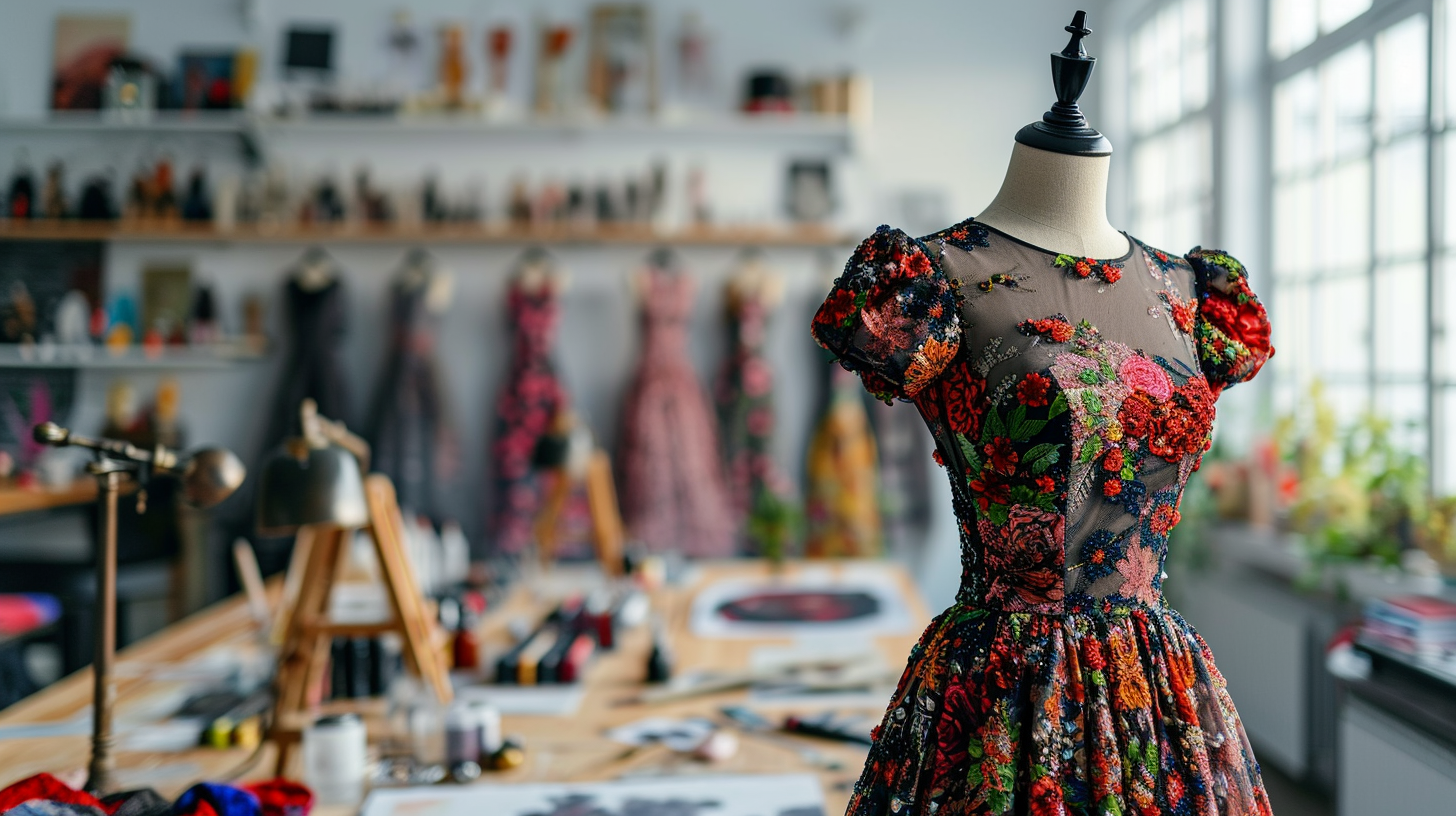
With sketches complete and patterns prepped, it's time to source the materials to bring the designs to life. This crucial step involves procuring the zippers, buttons, thread, fabric and other embellishments that define the look and feel of the final product. The choices made here, from textile quality to accessory details, shape the garment's durability and style.
Sustainability stands to be a guiding light in the purchasing process. Manufacturers increasingly prioritize ethical practices across their supply chain - minimizing waste, maximizing recycling, tapping local vendors whenever possible. Efficient energy use and robust recycling programs are becoming the norm. So while the hunt for the perfect fabric or accessory remains paramount, integrating and innovating with environmental consciousness looks to be the wave of the future. By greening their operations, manufacturers stand to do their part in stitching together a brighter future for the planet.
Fabric Spreading and Cutting

Now it's time to take those mountainous rolls of fabric and transform them into piles of puzzle pieces for assembly. When producing at scale, factories deploy high-tech spreading machines to layer fabric evenly across tables before precise cutting. This approach boosts efficiency, saves valuable fabric that would otherwise hit the cutting room floor, and brings consistency to the process.
Innovations aim to amplify productivity and customization throughout the cutting phase. Robots and RFID tracking bring advanced levels of accuracy and speed. Digital integration and big data analytics enable real-time planning and autonomous systems that can churn out made-to-order products at remarkable rates. So while tried-and-true techniques remain at the core, smart factories look to take fabric spreading and cutting to the next level - saving manufacturers money while responding faster to customer demand.
Sewing and Assembly
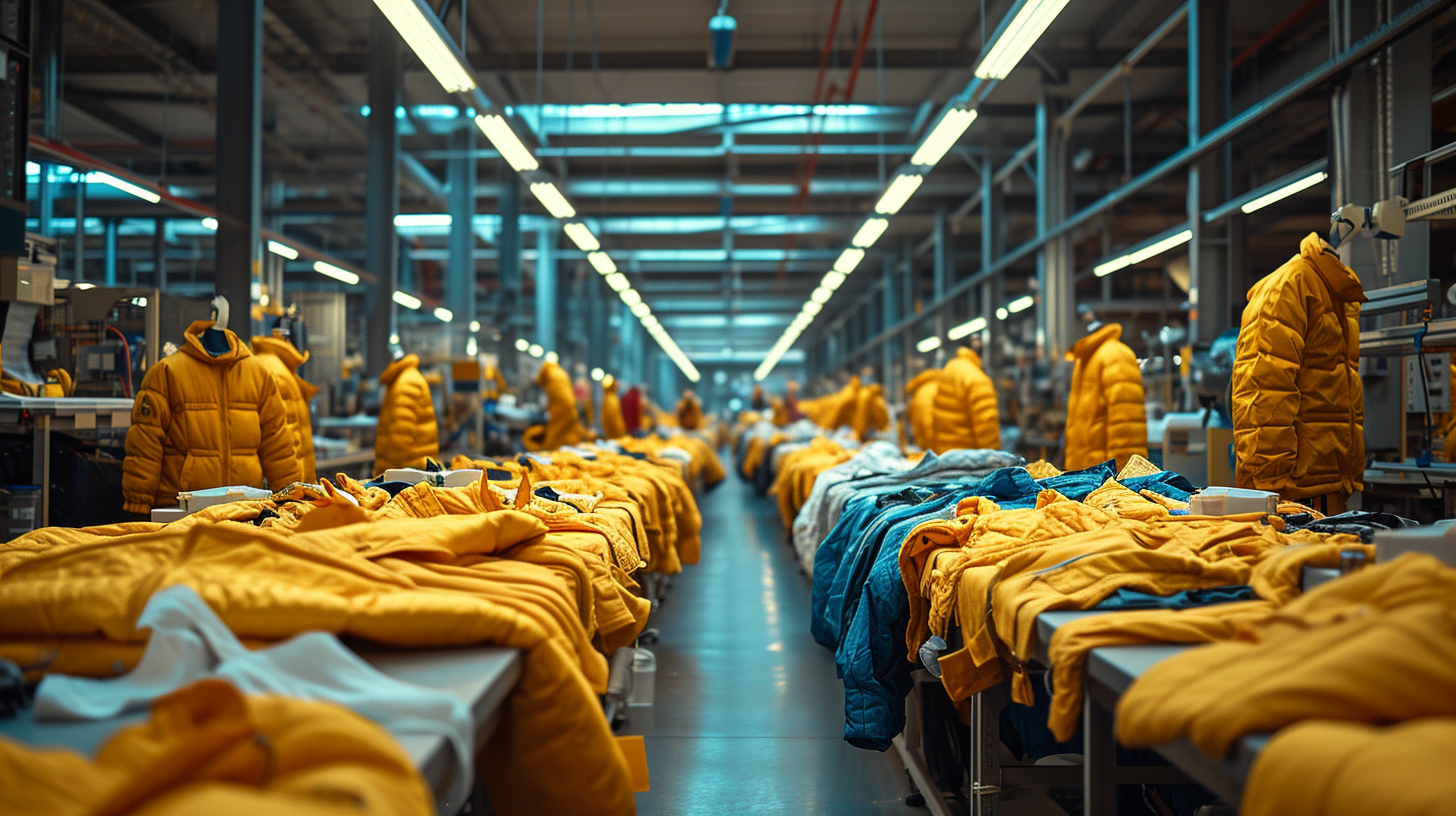
The real magic happens when those neatly cut fabric pieces advance to the sewing stations and begin their transformation into wearable works of art. Skilled sewers expertly stitch the materials together, combining various textures, patterns and embellishments. Zippers get perfectly aligned, buttons securely fastened, pieces expertly fused. Their attention to detail and craftsmanship is what elevates piles of fabric into a breathtaking ballgown or meticulously tailored suit.
Garment construction stands to get shaken up by new technologies moving beyond the traditional needle and thread. Innovative bonding methods like ultrasonic welding, tape bonding and even good old fashioned glue open new creative possibilities for designers and manufacturers alike. The results? More durability, flexibility and precision than sewing alone can achieve. And for the consumer: longer-lasting, better fitting, and aesthetically one-of-a-kind items to stand out from the crowd. So while time-honored techniques still reign supreme, innovations on the assembly line are sewing seeds for the future of fashion.
Quality Control and Inspection
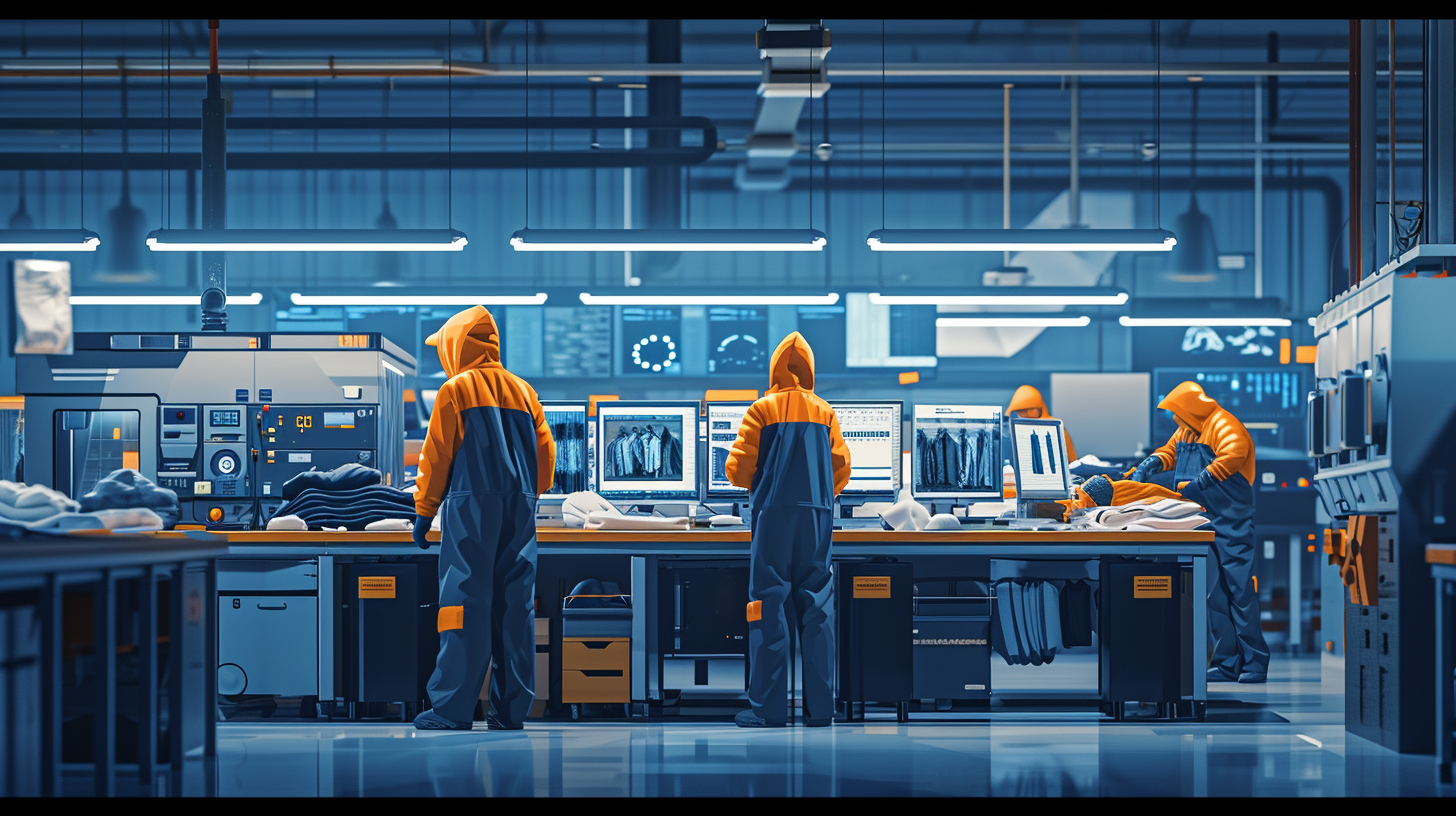
With assembly complete, it's crunch time to catch any defects before items ship out. Eagle-eyed inspectors meticulously examine each garment, on the lookout for the tiniest of flaws. A loose thread, an uneven seam, a spot of grease - even minor issues get sent back for correction. Broken needles or sharp remnants simply won't fly either - not on their watch.
Quality assurance steps into the future with the help of AI and data integration to enable real-time monitoring. This instant feedback allows problems to get flagged and resolved on the fly, rather than after the fact. The result? Significantly improved quality and consistency batch after batch. While flawless execution remains the ultimate goal, tech-charged inspection processes give manufacturers more control than ever before over the end product. So when items finally get the green light to ship, customers can feel confident knowing they meet the highest of standards - visually flawless and safe for one and all.
Pressing and Finishing
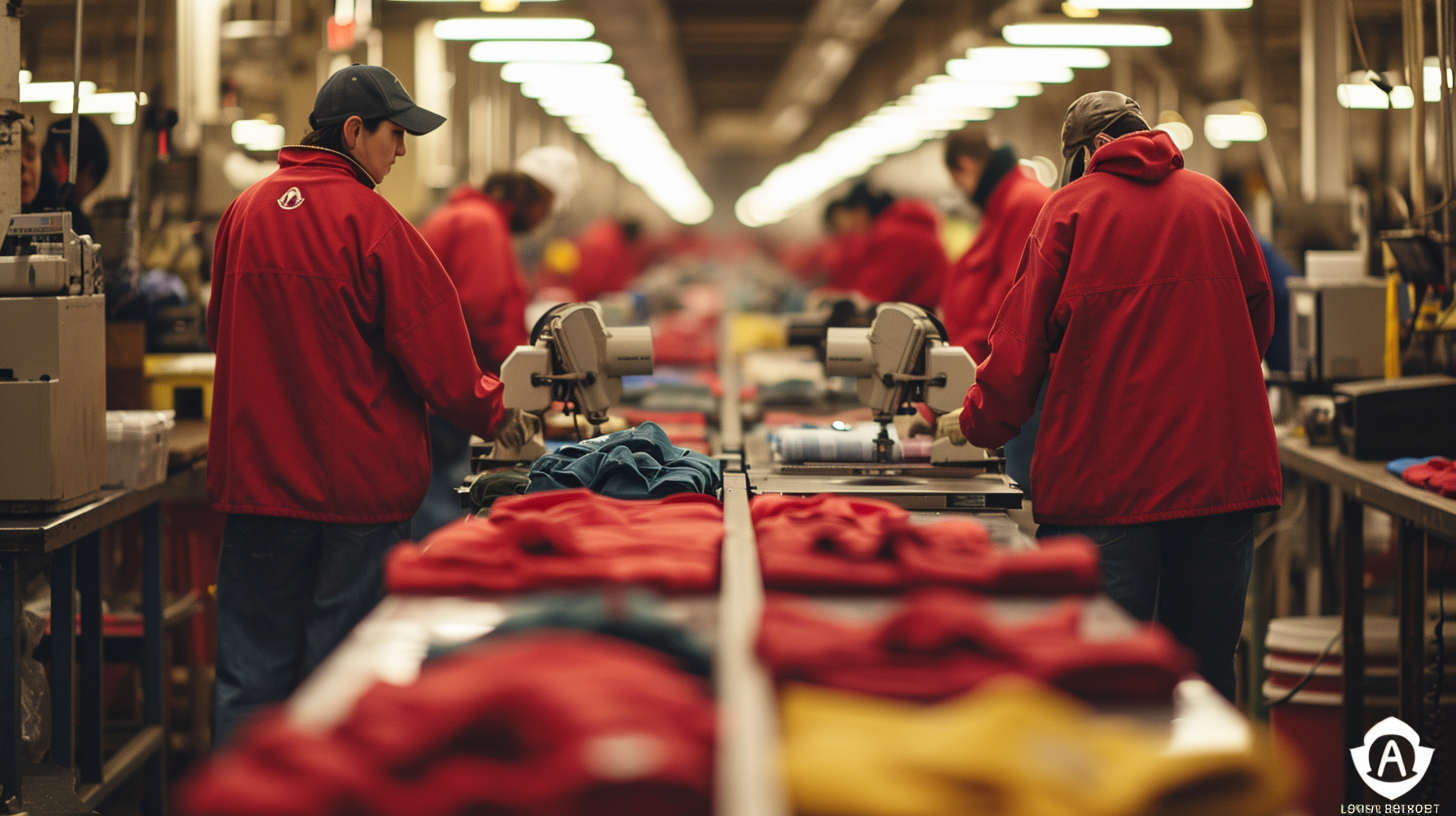
To make the clothing look store-ready, each item gets a final round of steaming, ironing or pressing. This removes wrinkles and gives things that crisp, clean finish. If there are any leftover loose threads or minor issues, this is when they get snipped and corrected. Gotta make sure things look pristine before heading out the door!
Pre-Shipping Inspection
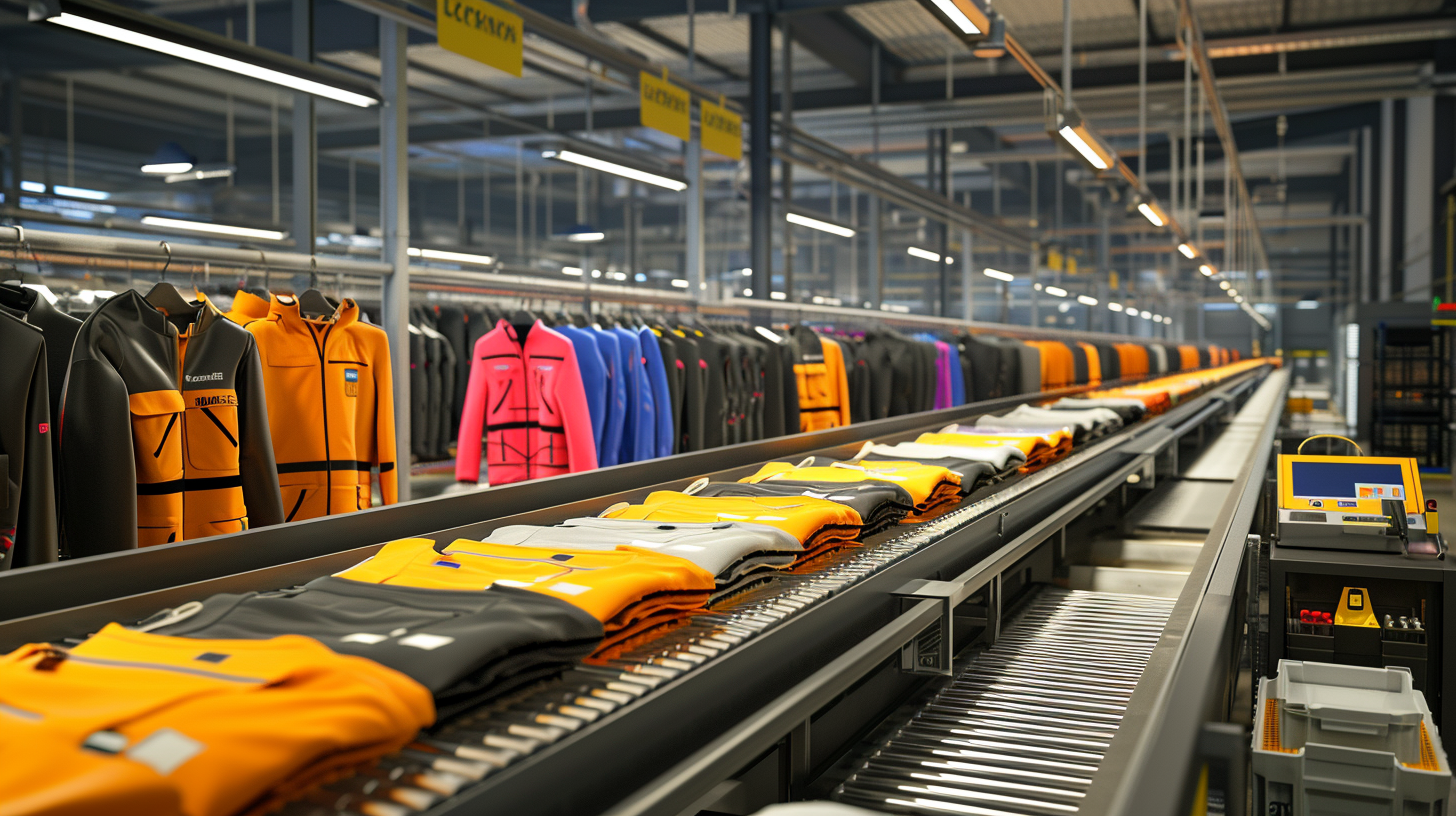
Before the order ships off, the finished goods go through one last quality check when around 80% of the shipment is wrapped up. Eagle-eyed inspectors once again examine each piece for even the slightest defects. This critical process helps reduce customer complaints by catching problems ahead of time.
Conveyor belt systems take pre-shipping inspection to the next level. Tech like automatic barcode scanning, needle detection and box sorting makes the process faster and more accurate. This way items get flagged on the spot if anything is amiss.
Packaging and Shipping
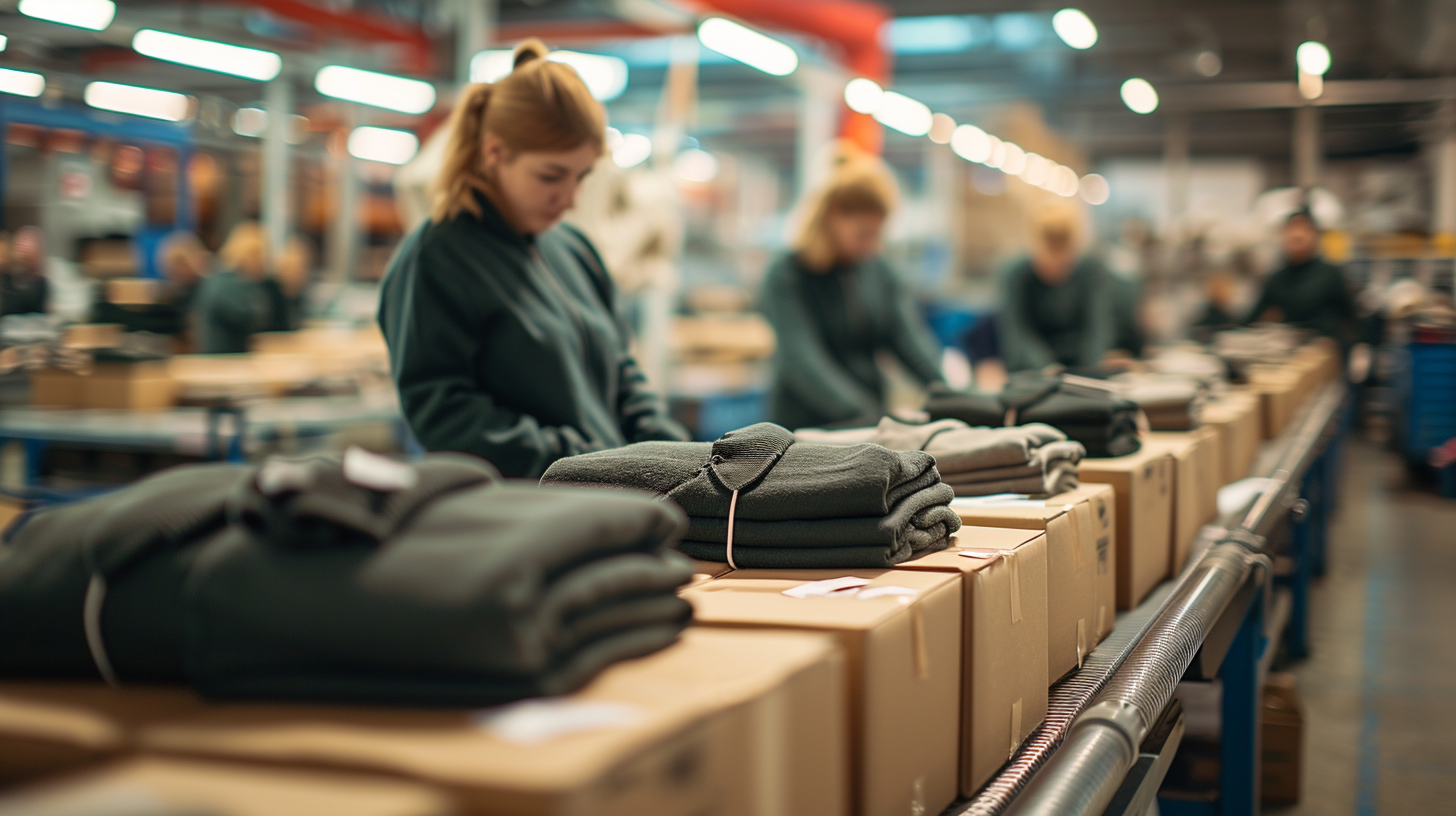
The final leg of the journey involves folding, tagging and packing the clothing for shipment. Items get neatly arranged in boxes and cartons, with plastic wrapping and hang tags conveying care instructions or other product details. Then the orders ship off to eager retailers and customers ready to display the latest fashions.
We’ll see more eco-friendly and efficient approaches throughout the packaging and logistics process. Innovations like sustainable shipping materials and carbon-conscious transport methods help reduce waste and environmental impact.
Conclusion

In 2024, garment creation remains a complex, multi-faceted process requiring great expertise. From first sketches to quality assurance and beyond, each step adds precision and care into the finished product. By better understanding the detailed workings behind fashion manufacturing, we can truly appreciate the tremendous time, craftsmanship and effort invested into creating the clothes we wear and love.
So make sure your clothes fit well!
We help you grow your business with SEO. Get 200% more traffic in 6 months or pay nothing.
Get Offer →